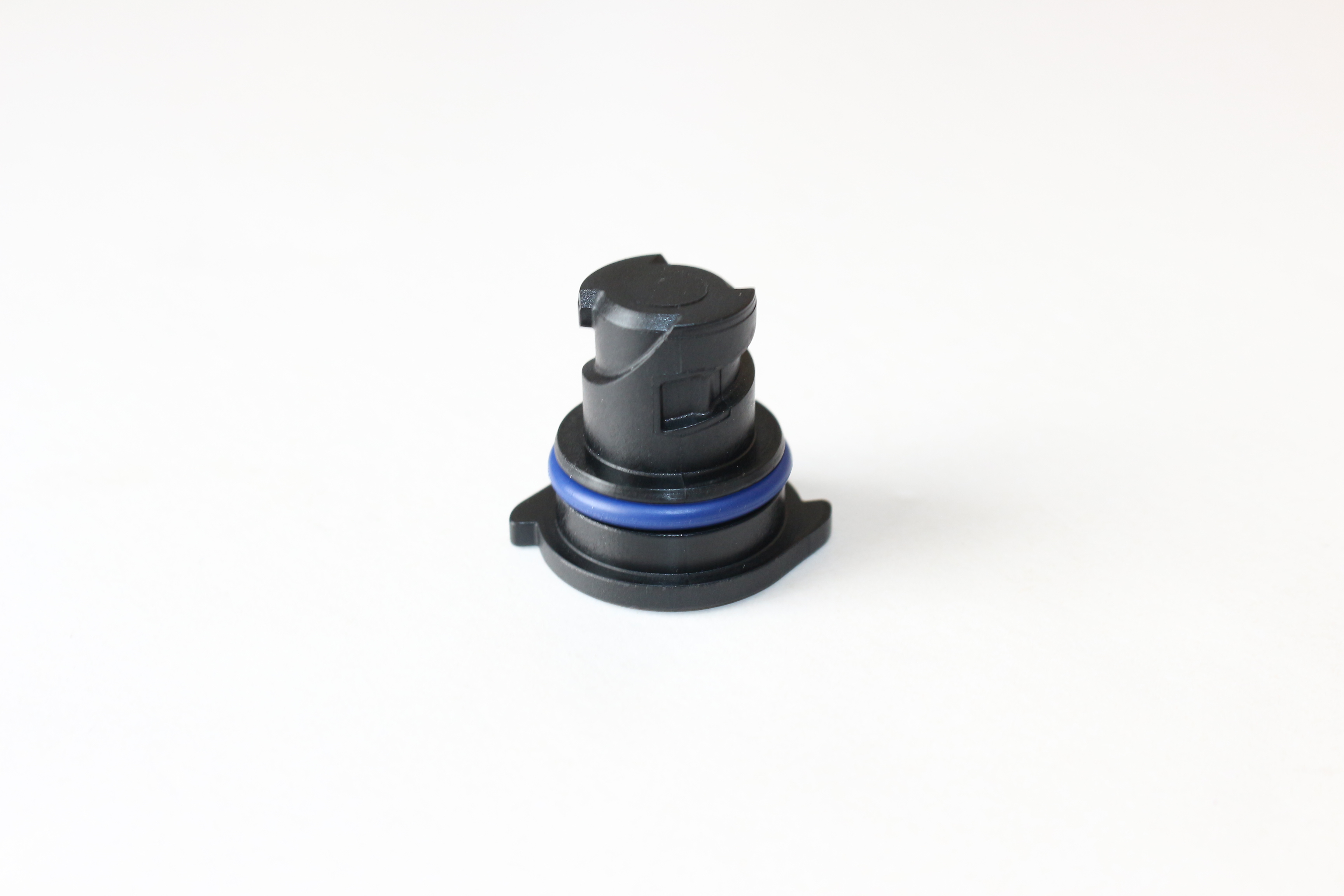oil leaking from oil pan drain plug
Oil Leaking from the Oil Pan Drain Plug Causes and Solutions
Oil leaks can be a significant concern for vehicle owners, and one of the common culprits is the oil pan drain plug. The drain plug is a critical component that allows oil to be drained from the oil pan during routine oil changes. However, if you notice oil pooling beneath your vehicle or a decrease in oil levels, it may indicate that the drain plug is leaking.
Possible Causes of Leaks
1. Worn or Damaged Washers The washer that seals the drain plug can wear out over time, leading to leaks. This is often the most straightforward issue to resolve, as replacing the washer can usually stop the leak immediately.
2. Cross-Threaded Drain Plug If the drain plug has been improperly installed or over-tightened during an oil change, it may become cross-threaded. This compromise can create gaps where oil can escape, presenting a need for corrective measures.
3. Crack in the Oil Pan In some cases, the issue may not solely be with the drain plug but rather with the oil pan itself. A crack in the oil pan can lead to significant oil leakage, and in such situations, the oil pan may require repair or replacement.
4. Faulty Drain Plug Over time, drain plugs can become stripped or damaged, leading to leaks. If the threads on the plug or in the oil pan are worn down, replacement of the plug may be necessary to ensure a proper seal.
Diagnosing the Leak
To diagnose an oil leak from the drain plug, first visually inspect the area around the plug. Look for signs of oil residue, which can indicate where the leak is originating. You can also gently tighten the drain plug to see if the leak lessens. However, be cautious not to overtighten, as this can cause further damage.
oil leaking from oil pan drain plug

Solutions to the Problem
If you identify that the leak is coming from the drain plug, consider the following remedies
1. Replace the Washer A simple and cost-effective solution is to replace the washer. This can be done quickly and can often resolve minor leaks.
2. Re-Tap the Threads If cross-threading is the issue, re-tapping the threads may be necessary to create a better fit for the drain plug.
3. Replace the Drain Plug If the drain plug is damaged or stripped, replacing it is often the best course of action.
4. Inspect the Oil Pan For significant leaks that cannot be traced back to the drain plug, inspect the oil pan for cracks or punctures.
Conclusion
Addressing an oil leak from the oil pan drain plug is crucial for maintaining your vehicle's performance and preventing more extensive damage. Regular maintenance checks and timely repairs can save you from costly fixes and ensure your engine runs smoothly. If you're not comfortable diagnosing or fixing the issue yourself, consulting with a professional mechanic is always a wise choice.
-
Understanding Polaris Front Differentials: Key Components for Off-Road Performance
News Jun.20,2025
-
Understanding Crankshaft Seals and Gaskets: Essential Components for Engine Longevity
News Jun.20,2025
-
Understanding Crankshaft Oil Seals: Vital Protection for Engine Performance
News Jun.20,2025
-
The Vital Role of Front and Rear Crankshaft Seals in Engine Protection
News Jun.20,2025
-
Rear Crankshaft Seals: Protecting Your Engine from the Back End
News Jun.20,2025
-
Crank Oil Seals: What They Do, How They Fail, and What They Cost
News Jun.20,2025
-
Understanding Oil Crush Washers: A Small Component with a Big Role in Vehicle Maintenance
News Jun.19,2025
Products categories















